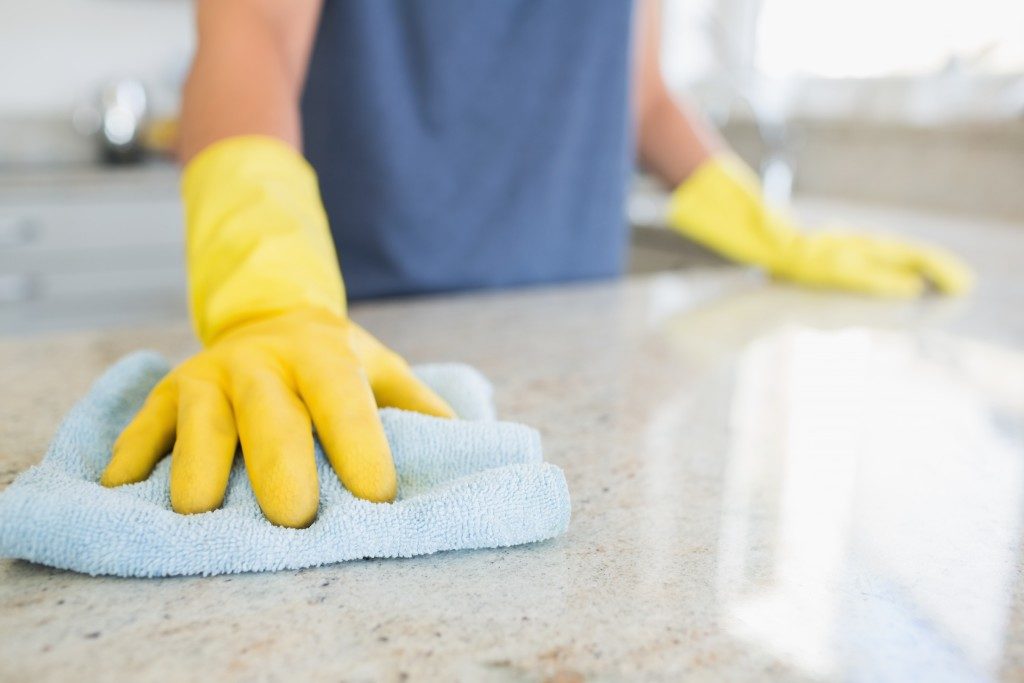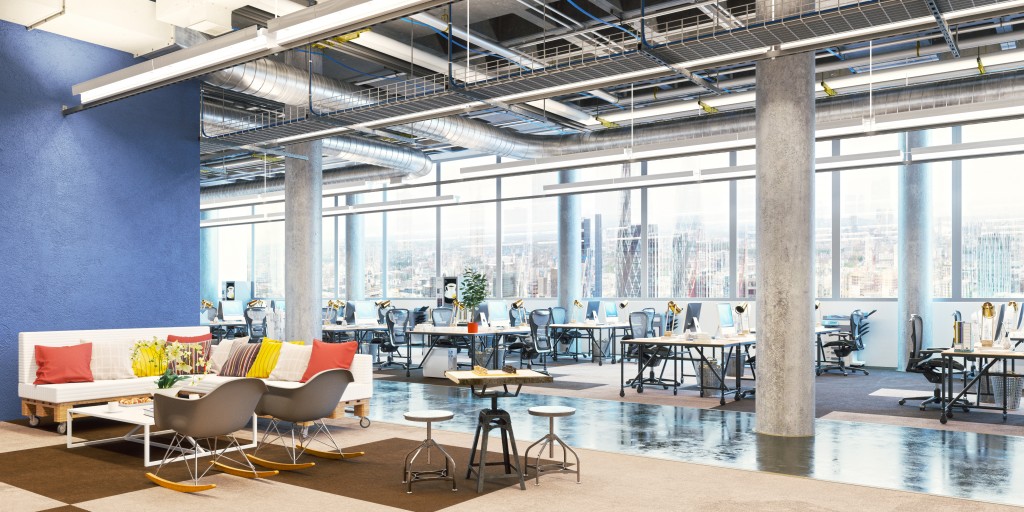The COVID-19 pandemic has transformed human society in an instant. For the last 200 days or so, people from different countries have had to learn, adjust, and cope with many restrictions on movement. The quarantine has forced people to stay home, many transitioning fast to a work-from-home arrangement in order to maintain a job even as millions in the U.S. go unemployed. For those who need to go outside their homes to buy supplies or to still go to work, the use of face masks and face shields has become part of the daily attire like a necktie or a blouse. Maintaining a wider personal space of at least two meters is now the norm, a precaution against the spread of an unseen yet highly deadly virus.
While some sectors of government, business, and industry have slowly returned to operation, apprehensions remain about the safety of workers. For this reason, many countries have yet to allow schoolchildren from returning to the campus. For some industries and fields of occupation, hiring experts in building commissioning work may now be necessary so that they can make their workplace more pandemic-proof in terms of layout and design. As example, school administrators need to review the layout of their schools and check if adequate physical distancing can be observed inside the classroom, in canteens, restrooms, faculty rooms, and other places inside the campus where teachers and students converge.
Easy-to-install Prefabricated Offices
For large corporate buildings, a drastic remodeling may not be time and resource-efficient. One of the viable options for such establishments is to still use the existing space but adopt prefabricated office dividers and workspaces. A return to the modular office design is the most logical and uncomplicated approach to redesigning the office with health and sanitation as the top priority. These prefabricated dividers and workspaces provide barriers in between employees, effectively preventing the accidental transmission of bacteria or the exchange of body fluids such as droplets from the mouth when speaking without a mask.
New Conference Room Designs
There is also a need to rethink how to do conferences and other meetings at the office. Before COVID-19 changed everything, it was normal to seat even in close interval inside the boardroom or office conference room. Even if people are elbow-to-elbow in position, it was not a problem nor an issue since it is even easier to hold the meeting that way. People can hear each other better and the atmosphere is less formal.
Today, however, there is a need to review how chairs and tables are placed inside a room where people gather for meetings. A new layout of how people meet is not necessary whether the room is large or small. The most important aspect to consider is how to maintain a safe distance while keeping the meeting productive and live onsite. If, for some reason, this is not possible the office manager may choose to host an online meeting which is safer for all participants until such time a newly designed conference room becomes available.
Outdoor Areas as a Must-have Feature
In open outdoor spaces, people at work can find a short respite without fear of being infected. As long as everybody wears a mask and maintain the prescribed physical distance between people, they can hang out and relax at a garden or any outdoor facility provided by the office. The outdoor space will also help people relieve stress while getting enough fresh air which is essential to health.
Air Distribution in a Building: A Health Issue
The air distribution inside a building or office space is also a major factor to consider in designing a pandemic-proof workspace. Investment in air filtration systems is highly recommended by health experts as an added measure sanitize air inside the office.
Stricter, More Frequent Cleaning and Sanitation Schedules

The typical office maintenance routine may also need to be revised and more emphasis is placed on periodic sanitation of specific areas inside the building. Sanitation of tables, chairs, doorknobs, glass doors, and restrooms is a must and should be done at least two to three times a day. If the company can invest in self-closing glass doors, that would be ideal since it will prevent people from touching surfaces that could be breeding ground for many types of bacteria and viruses.
Indeed, as restrictions in many countries are lowered due to the need to revive their respective economies, more and more people will naturally go back to onsite work. A surge in mass viral infection can be prevented if care and health-oriented designs are introduced into workspaces.

